Song composition is among the most exciting and fulfilling activities a pianist can engage in. Every beginner pianist must try their hand at songwriting.
Yet, getting started with piano composition lessons might be a bit intimidating. You may ask yourself, "How should I start?" or "What should I write?"
Doubt will overwhelm you. Luckily, you can use a few basic techniques to ease up those uncertain emotions about your creative abilities.
Learn how to write a song on the piano with me.
As a songwriter, I faced similar troubles when I started. I have put my years of songwriting experience into 10 steps. Master these 10 steps to write songs like a pro.

10 Steps on How to Write a Song on Piano
Stage fear often holds young piano students back from writing their own original music. Many feel intimidated or worry their ideas won’t be good enough. But the truth is—writing music is much simpler than it seems.
All it takes is a spark of creativity, a few notes, and the courage to put your ideas into sound. Remember, even the greatest composers started small.
Keep reading for some inspiration and simple steps to help you begin writing your very own music today.
1. Do Not Get Stressed

Learning to write songs on the piano might seem overwhelming to young pianists. You will get obsessed with your thoughts, making you doubt your originality.

Avoid making judgments. Do not waste your time reviewing what you have written. If you have difficulty reading piano sheet music, don't be concerned. Treat your initial songs like scribbles on the side of tissue or drawings on paper margins.

You are on the right track. Worrying unnecessarily will not get you anywhere.
2. Select the Song's Genre
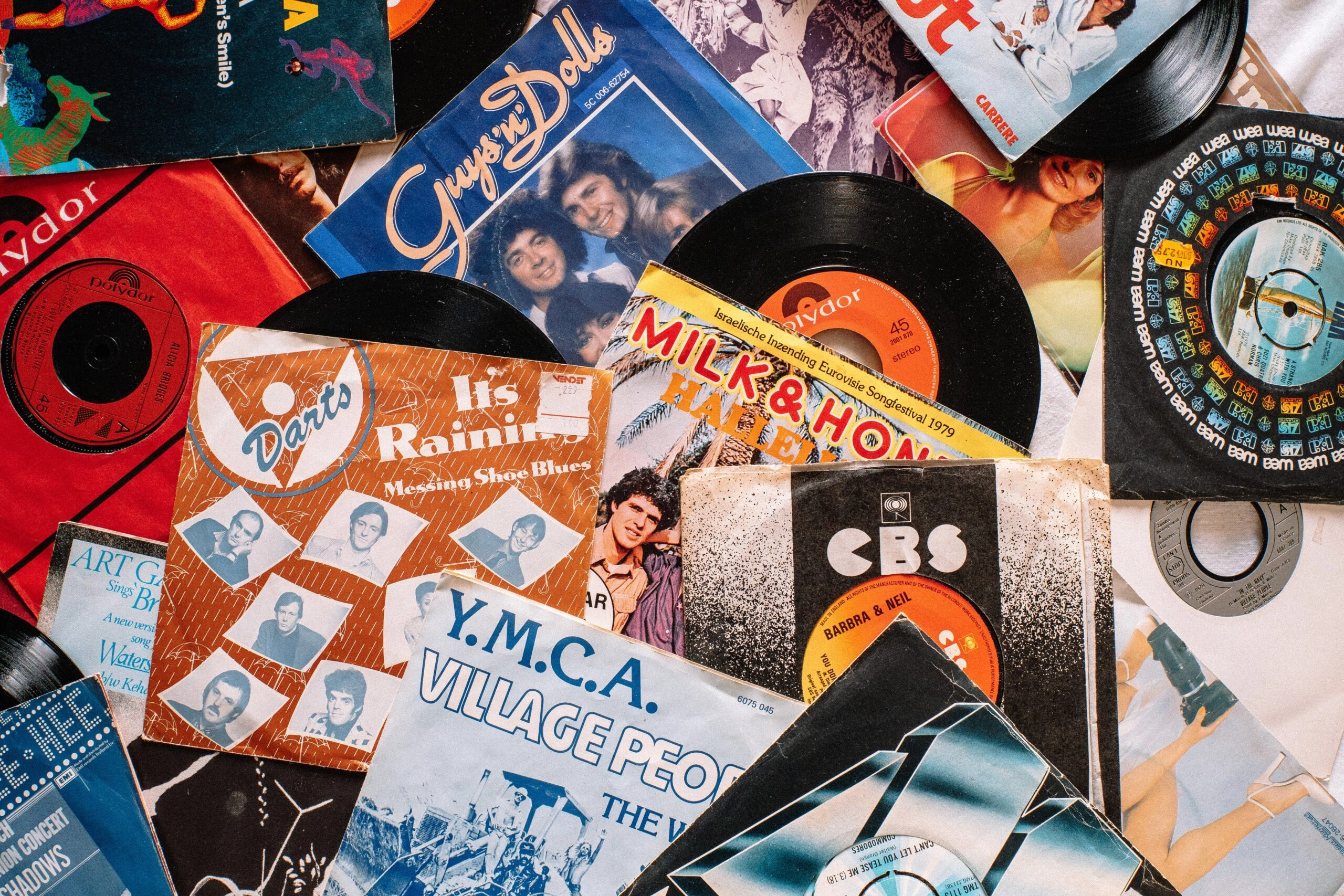
Choose the style of music you wish to compose. Do you want to write popular, folk, or classical music? Spend some time getting a flavor by listening to a couple samples of whatever you decide.
Take notice of other compositions of the same genre's melodies, rhythms, and chord progression. Your notes will help you to stay in the flow.
Listening to the song's genre will help you stay inspired. Select the subject of your song. Spend a little while reflecting on the issues that are meaningful to you.
Make sure you can relate to the subject of your song. Otherwise, it will lack the emotional quality to move your audience.
3. Choose a Note
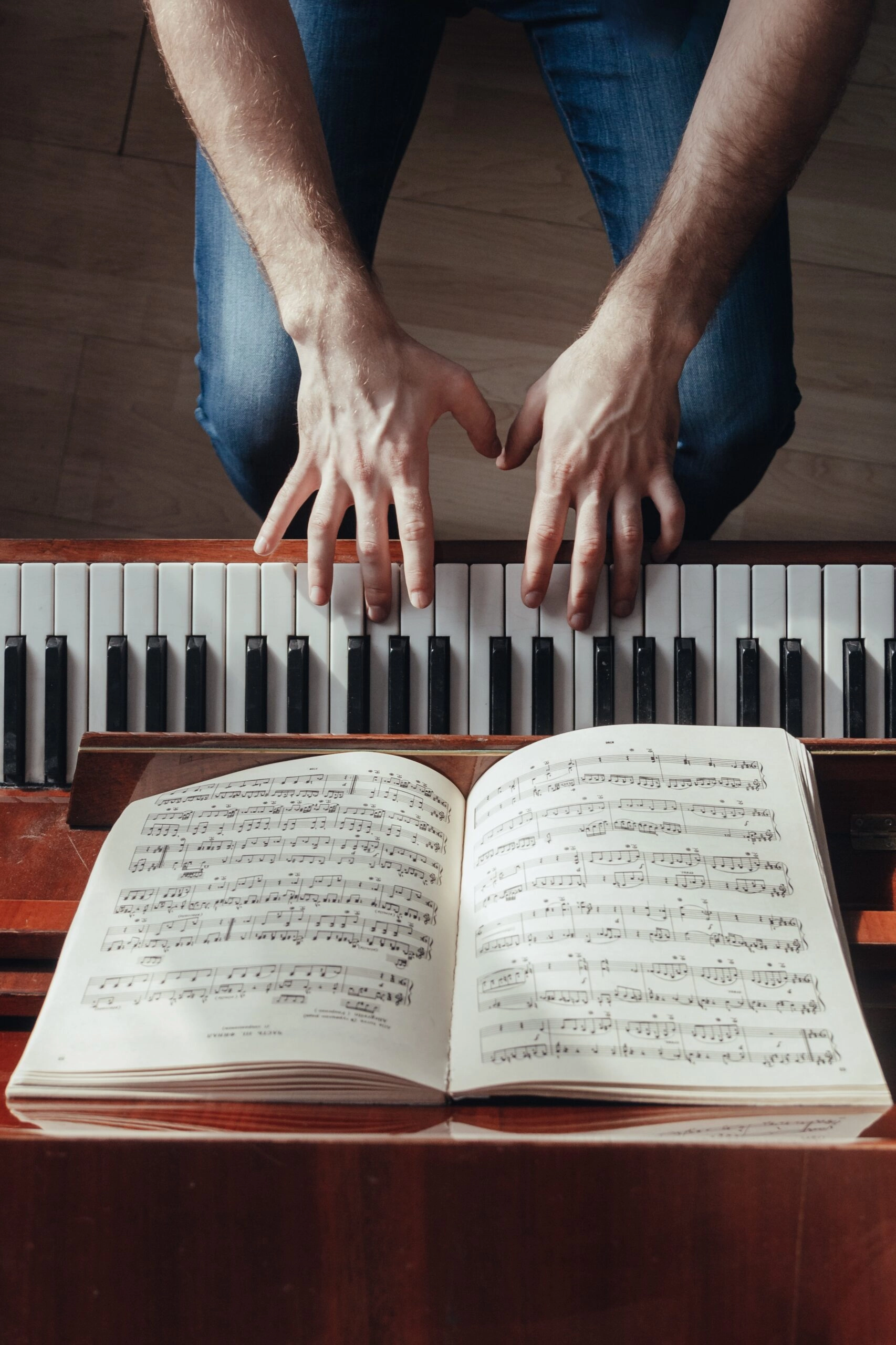
What emotions do you want your listeners to experience when they hear your song? Choosing the correct piano notes will help you convey those emotions. A song about an exciting event will be lively, joyful, and on a major note.
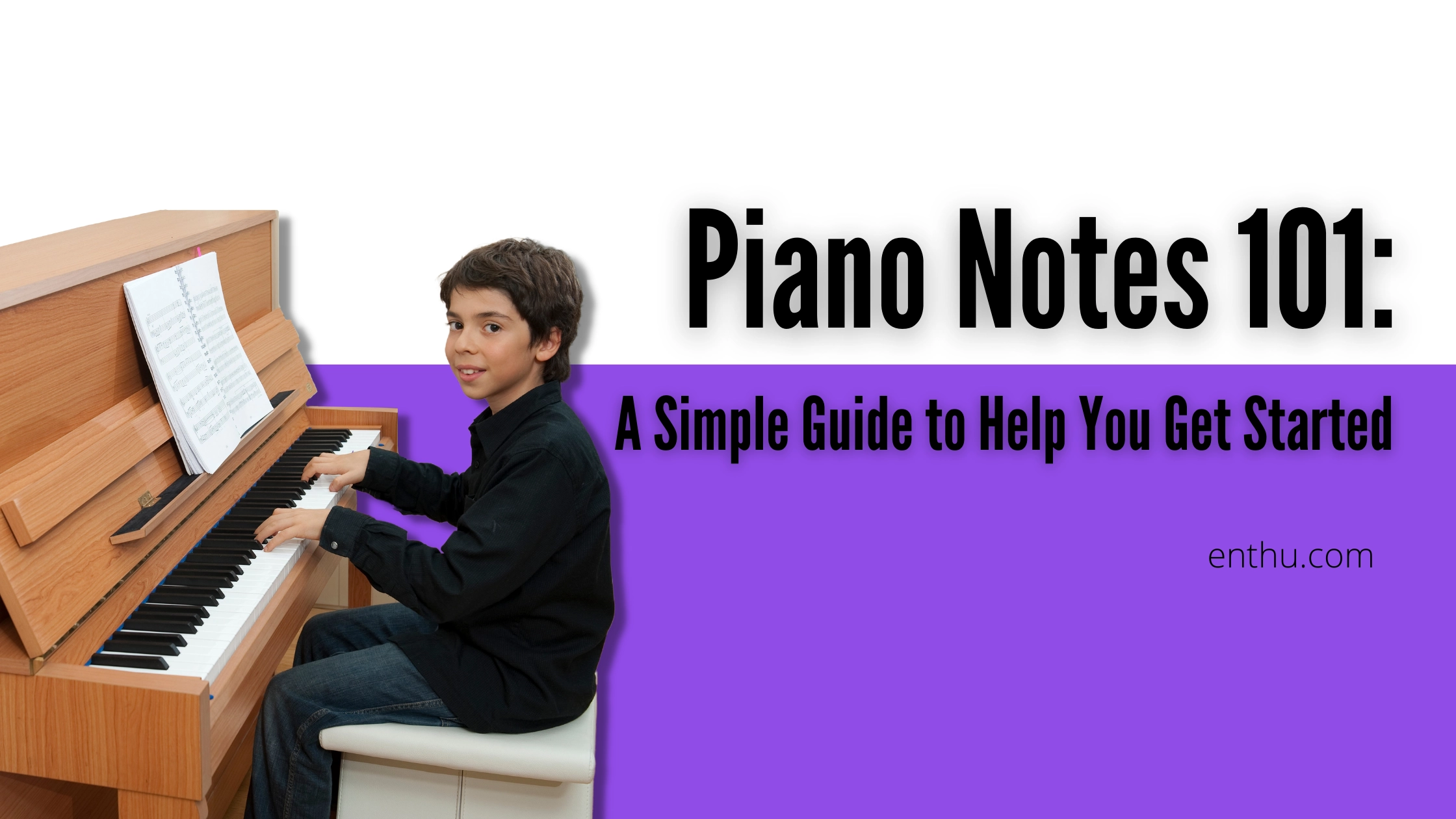
A song about a loved one's passing would probably be sad, solemn, and on a minor note. Choose an emotion that will help the listeners understand how you feel about the theme of your song.
"Candle in the Wind" by Elton John, a moving ode to Marilyn Monroe, is the perfect song with a solid gloomy note. John sang the song at Princess Diana's memorial flawlessly more than 20 years after he first penned it.
The song "Just The Way You Are" by Bruno Mars, about the happiness of falling in love, shows how to use a cheerful, joyful note in music.
Check out EnthuZiastic piano classes for a personalized piano learning experience.
4. Go for the Basics
Your favorite composers jot down their thoughts on paper before revising them until they have captured the spirit of a melody. Beethoven's Fifth Symphony was far from complete when the original outlines were made.

Therefore, you should always begin with the basics. The Beatles' song "Let It Be" begins with a C major chord. Check to see if you can spot major chords in some of your favorite songs.
Minor chords are especially common in popular music genres. Pink Floyd's "Comfortably Numb" is an example of a minor chord used. Starting with the core ingredients is the best way to overcome that writer’s block.
The five core aspects of songwriting are melody, rhythm, tempo, chords, and harmony. To begin writing piano songs, pick one and work from there.

5. Chord Progression
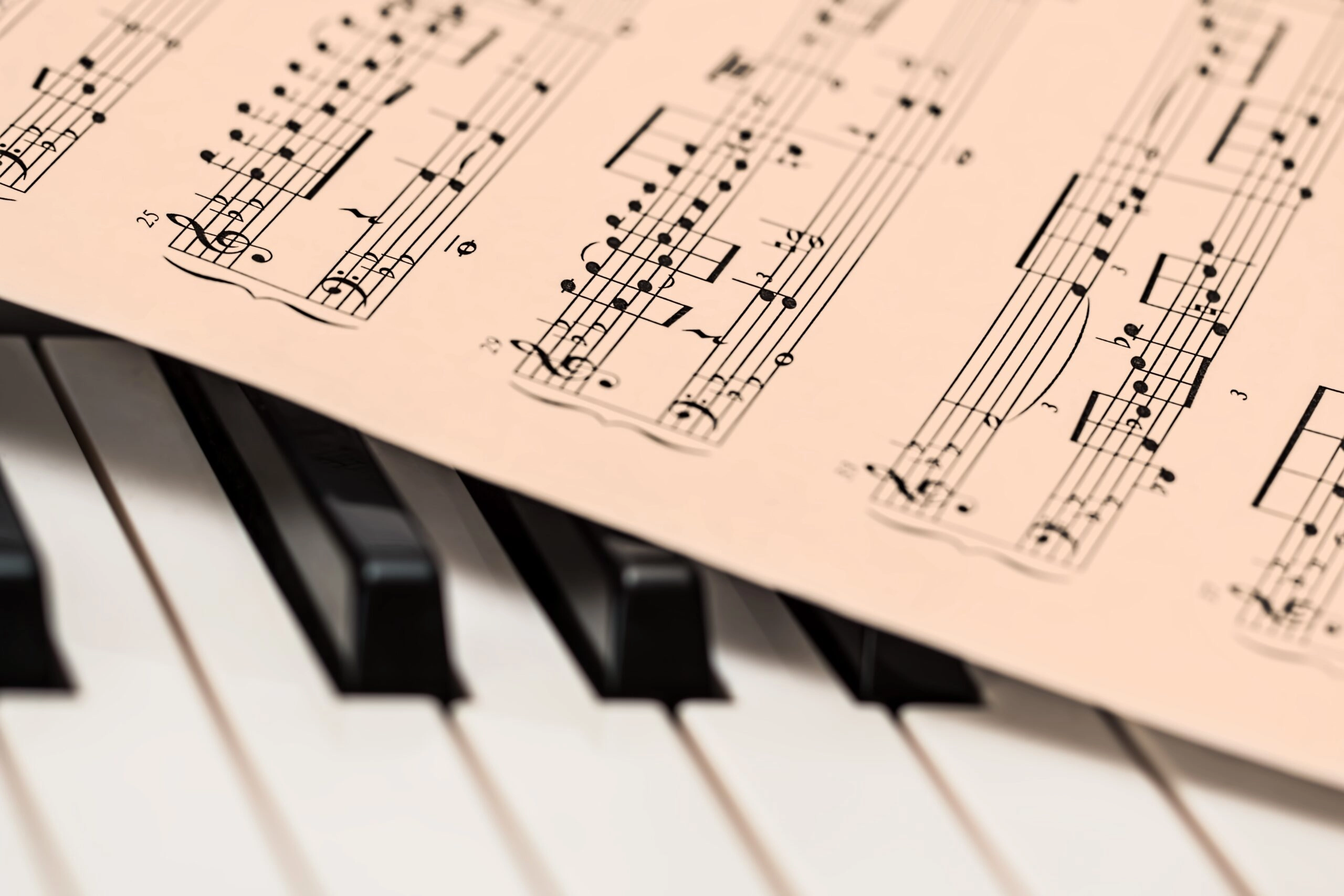
The major chord is the most standard three-note triad. They are excellent piano chords for beginners to practice because they are popular and can be learned quickly.
Using a chord progression as a starting point is the most straightforward way to write piano music. Take a few basic piano chords and combine them. You can try creating music ties as well. Do you like the sound of C major with A minor? Lots of people do.
What if you double the progression and then add a D minor? Easy. Three times through that entire sequence, switch to a G major chord to finish it. You have done it! Now, your song begins with a standard chord progression.
You won't have any trouble understanding how to write chord progressions if you go about it in this manner.
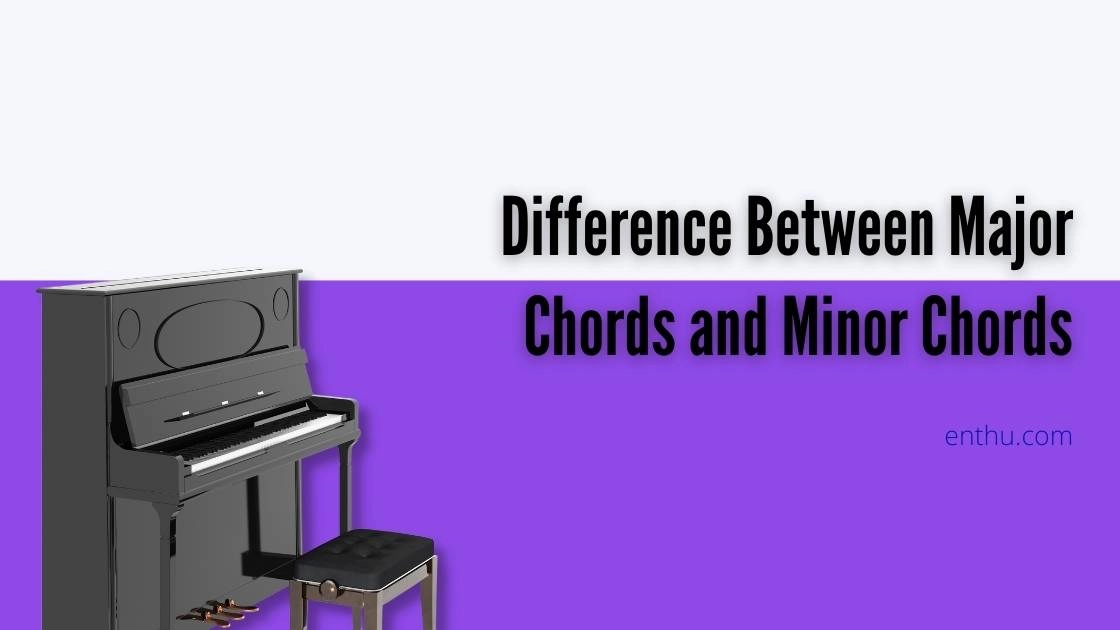
6. Include a Melody
Some people find it simpler to begin their piano songwriting with a melody.
Noting your compositions on a notation sheet is easier, especially if you are writing the chords in treble clef. Writing piano songs with chords is easier than writing melodies.
But first, some critical advice to keep in mind
Think poetically. Most music melodies are built on words.
Use different chords and notes to create a beautiful melody.
Lastly, maintain simplicity!
7. Think About the Rhythm
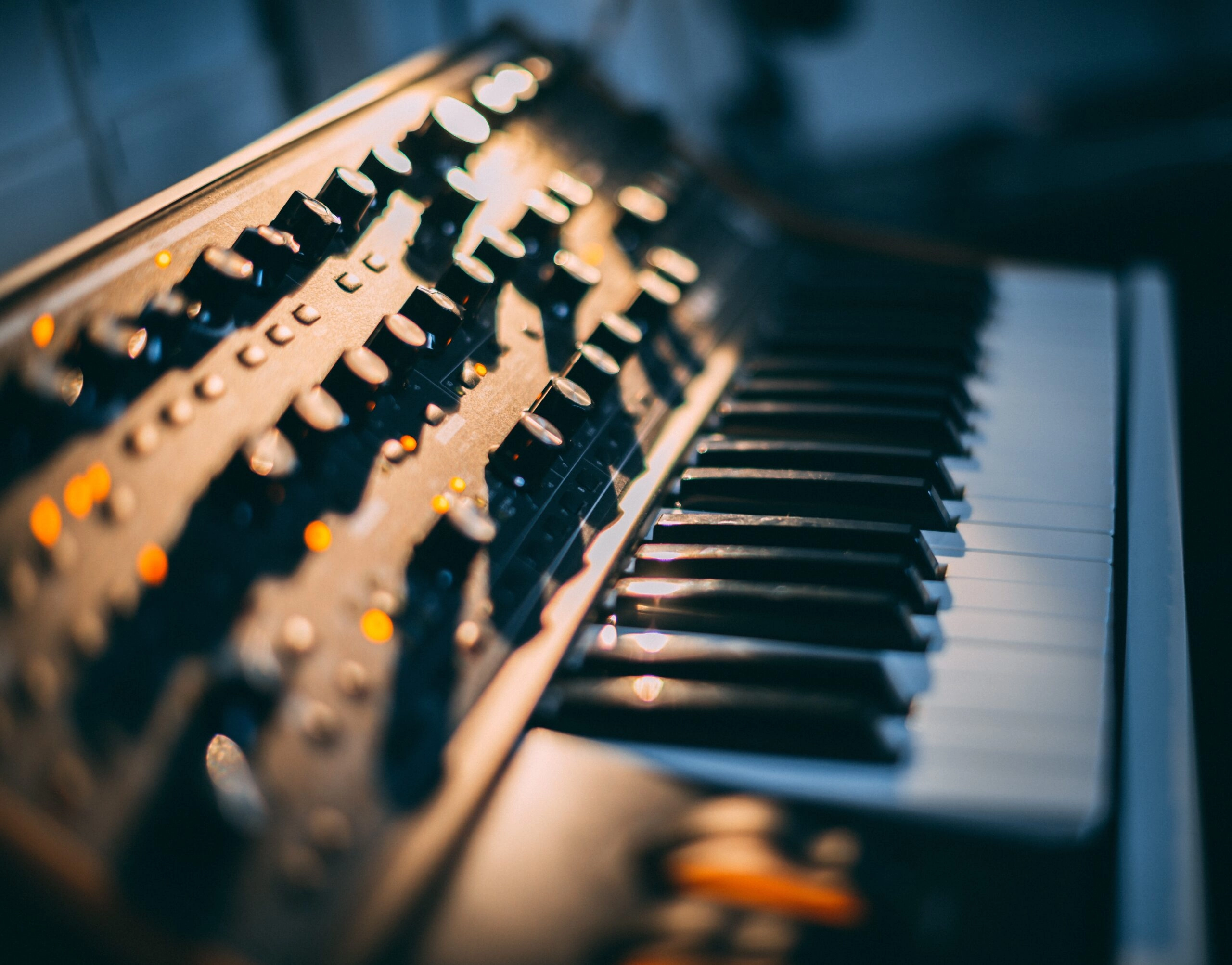
Everything is connected by rhythm. It is best to start with the rhythm when learning how to write a song on the piano. An easy melody or chord progression will help to compose or sing.
However, you can have problems establishing a firm idea if you are unsure how the rhythm will sound. When writing piano songs, using a metronome is very helpful.
For instance, you would likely use lesser chords and a melody with lengthier notes if you want to compose a faster song. On the other hand, perhaps you'll have a fast-paced song to go along with your quick beats.
You can definitely include more chords and maybe a slower melody to complement if you wish to write a piano song at a reduced tempo.
8. Song Lyrics
Choose whether you like to add lyrics after you've performed your music a few times. Try to come up with lines that are both snappy and appropriate for the tone of your song.
Writing lyrics that speak to both you and your listeners is key. Making your words rhyme is one strategy for creating catchy music. In John Lennon's "Imagine," he sings, "Imagine there's no heaven.
It's easy if you try. No hell below us. Above us only sky."
9. Decide on a Title
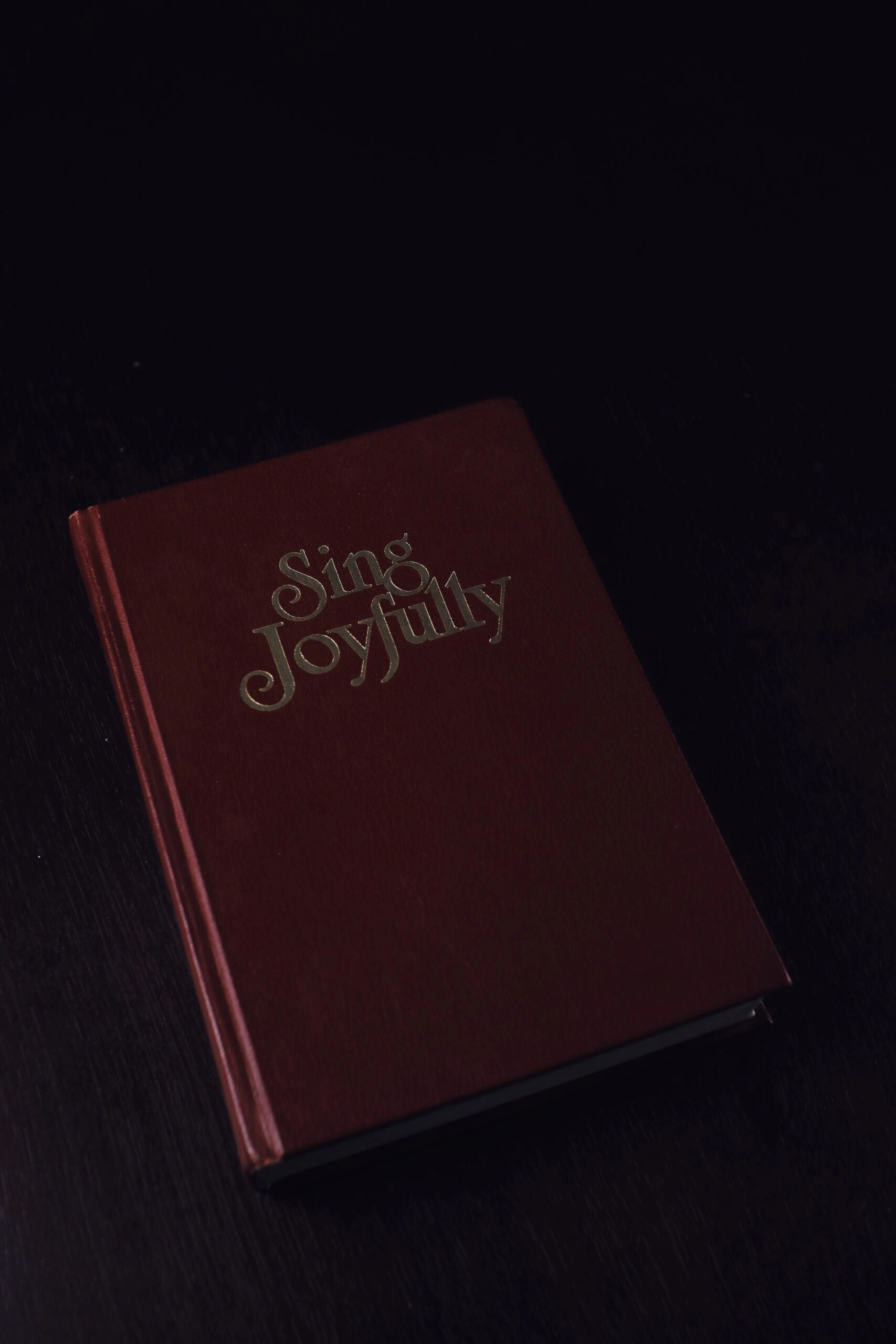
Always be on the lookout for potential titles. You'll never know where you'll find one. Read papers and books. Have discussions with people. If you come across a title during such a discussion, don't forget to get approval from the person before setting it as your title.
You can find the ideal title in the most unexpected places. Making a metaphor for your subject is a fantastic method for coming up with a title.
10. Practice Playing

Practice your piece until you can perform it effortlessly, almost without thinking. This gives your mind time to absorb the music and allows your fingers to build the necessary muscle memory. Be patient and play gently until the song flows smoothly and flawlessly.
When practicing, don’t forget to include all parts of the song—the introduction, body, chorus, and conclusion. Also, remember to pause when you lose focus. If your mind feels tired and distracted, forcing practice won’t help. Rest, recharge, and return with a clear head for the best results.
Important Piano Resources
How to Play Arpeggio Piano | |
Time Signature in Music | Modes in Music |


Conclusion
All young piano students must have the amazing pleasure of learning how to write music. However, while attempting to write piano music for the first time, some learners will feel swamped or blocked.
Try out a few of these tactics and notice how they perform for you. Keep in mind that Enthusiastic has a tonne of excellent courses in a variety of genres.
Join us if you want to learn the principles of the piano entertainingly and enjoyably.
FAQs
1) Is it hard to write a song?
It takes more ability to write a song than it seems, but if you're persistent and continuously trying new things, you can make it. Begin with what you currently have if you are unsure where to begin. Keep things simple if you feel stressed.
2) What are the 7 musical notes?
The chromatic scale is a common standard used by composers. There are seven primary musical notes in the chromatic scale: A, B, C, D, E, F, and G. They each stand for a particular tune or frequency.
3) What makes a good song?
A good song should not only have excellent chords, melodies, and rhymes, but it should also arouse a response or a particular emotion. Many composers build their songs on specific occasions or situations they have experienced, which makes the music more personal to other people.
4) How is music written?
Anyone can play music by using music notation. Music writing has previously been done using a variety of methods. Nowadays, the majority of musicians in the West compose musical notes on a stave, which consists of five parallel lines with four gaps in between.


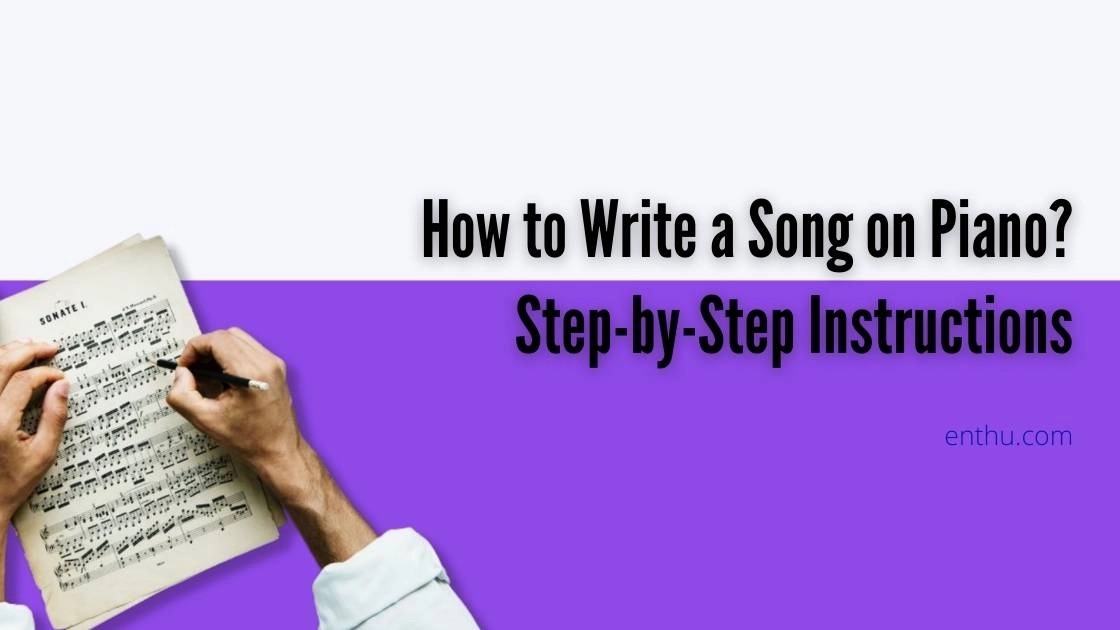


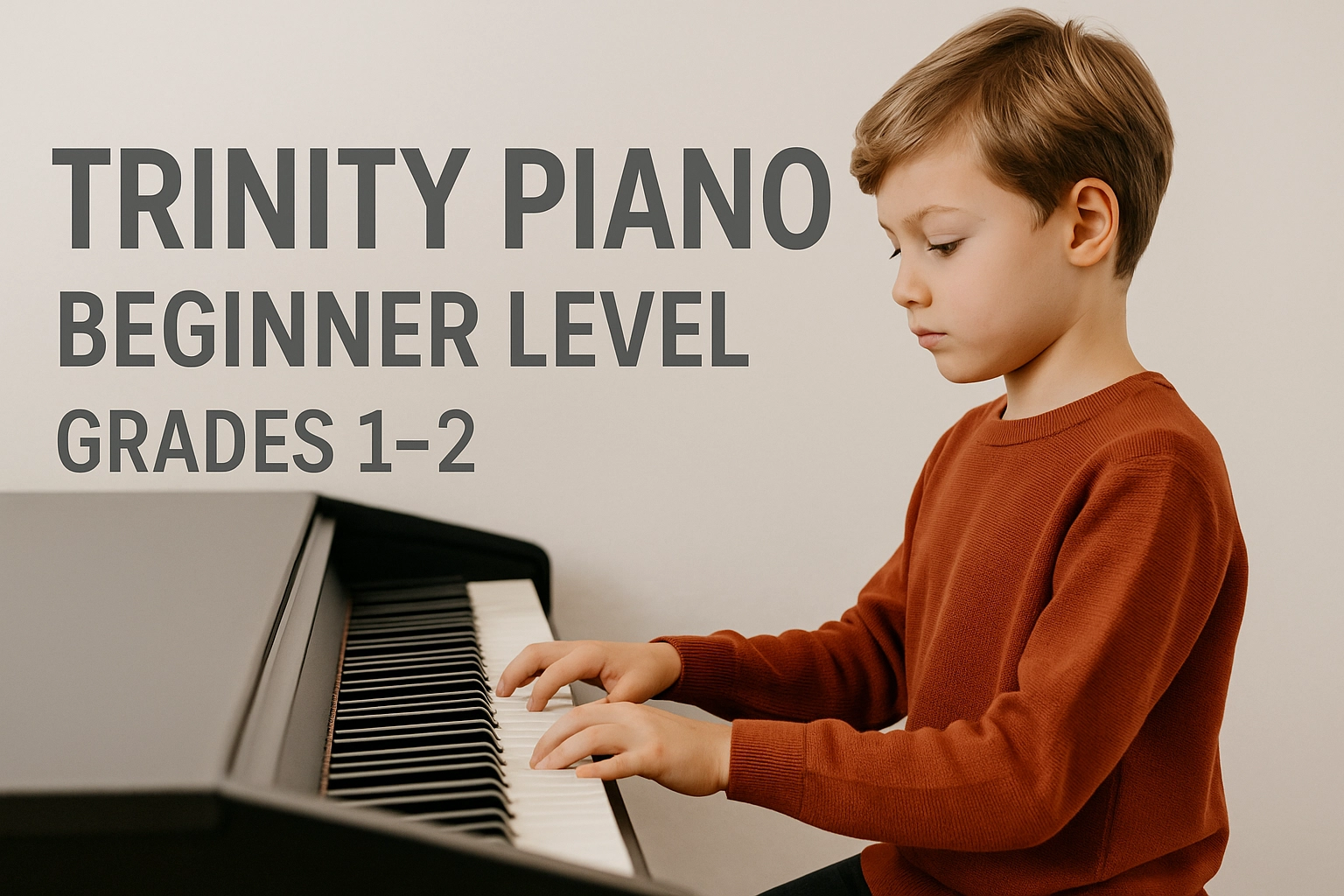
Comments